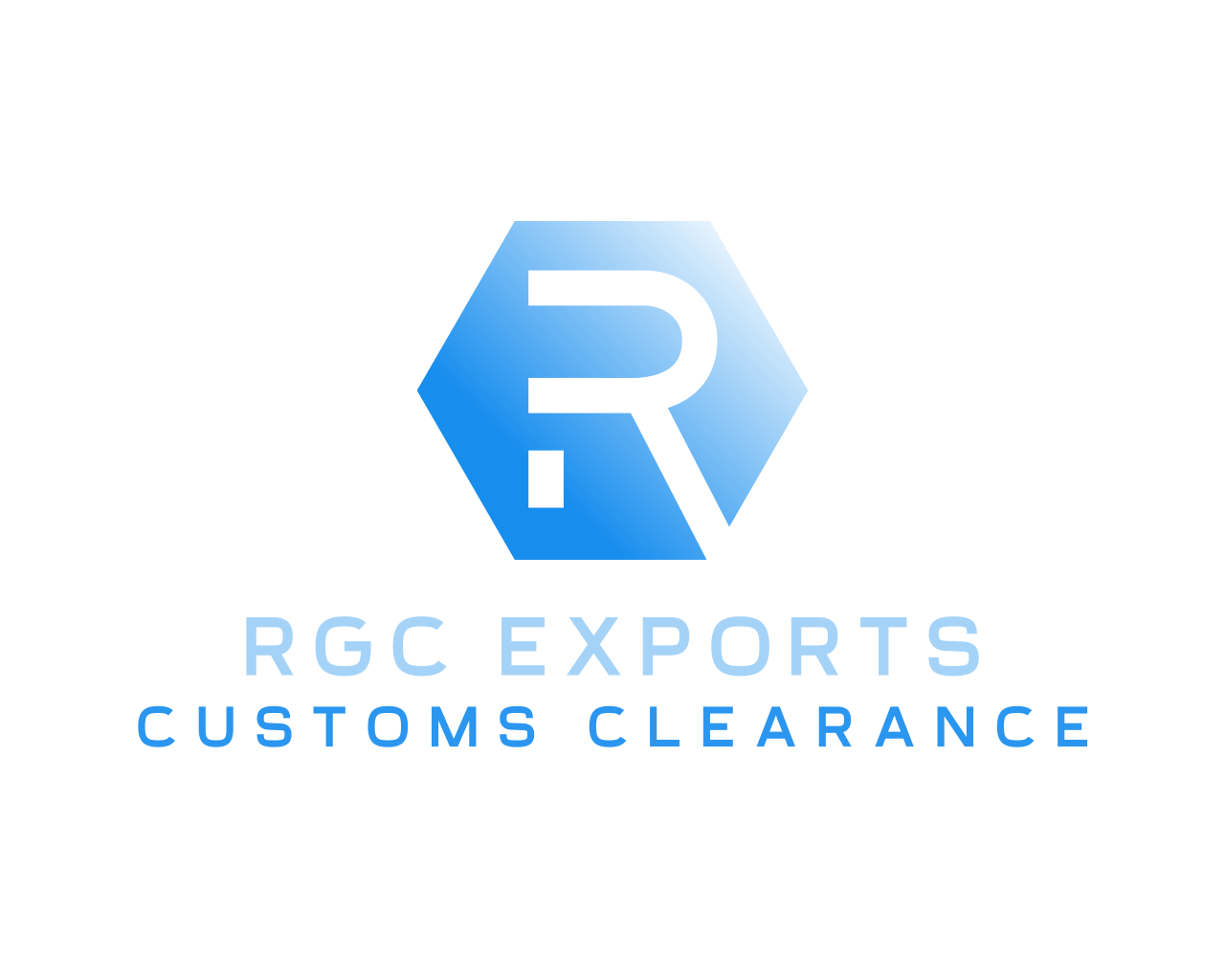UK Customs Clearance: A Complete Guide for Importers and Exporters (2025)
Whether you’re a first-time importer or an experienced exporter, navigating UK customs clearance can be a complex and time-consuming process. Since Brexit, the UK has implemented its own customs rules, and businesses trading with the EU and the rest of the world must now ensure full compliance with UK regulations.
In this blog, we’ll break down the key steps of the customs clearance process, provide tips to avoid delays, and outline the documents you’ll need.
What Is UK Customs Clearance?
Customs clearance is the process of declaring goods to HM Revenue & Customs (HMRC) when they enter or leave the UK. This ensures that:
Import/export duties are paid
Goods comply with UK trade laws
Relevant licenses or certifications are submitted
Who Needs to Clear Customs?
Any business or individual importing or exporting goods outside the UK must go through customs. This applies whether you’re trading with the EU, the US, Asia, or any other market.
Key Steps in the UK Customs Clearance Process
1. Obtain an EORI Number
Before you can import or export goods, you need an Economic Operators Registration and Identification (EORI)number. This is used to track your shipments and interact with HMRC.
👉 Apply for one on the UK Government website.
2. Classify Your Goods
Use the UK Global Tariff to determine the correct commodity code (HS code) for your goods. This will dictate duties, taxes, and restrictions.
3. Prepare Required Documents
At a minimum, you’ll typically need:
Commercial invoice
Packing list
Bill of lading or airway bill
Import/export license (if applicable)
Certificates of origin or conformity
4. Submit a Customs Declaration
You or your customs broker must submit a declaration to HMRC using the Customs Declaration Service (CDS) or (previously) CHIEF (being phased out).
5. Pay Duties and VAT
HMRC will assess the customs duty and import VAT payable. You can either pay immediately or use a deferment account if you import regularly.
6. Clearance and Release
Once cleared, goods can move to their final destination. In some cases, HMRC may inspect the shipment before release.
Post-Brexit Considerations
Post-Brexit trade brought several changes:
Full customs declarations are required for EU imports.
Rules of origin determine if tariffs apply under the UK-EU Trade Agreement.
Sanitary and phytosanitary (SPS) checks now apply for food, animal, and plant products.
Common Pitfalls to Avoid
Incorrect commodity codes – can lead to overpayment or shipment seizure.
Missing documentation – results in delays or fines.
Failing to declare correctly – risks penalties from HMRC.
Tips for Smooth Customs Clearance
Work with a customs broker or freight forwarder who knows UK regulations.
Use pre-lodgement for faster clearance at ports like Dover and Felixstowe.
Keep digital records of all import/export transactions.
Final Thoughts
UK customs clearance doesn’t have to be a headache — with the right preparation, tools, and support, your goods can move seamlessly across borders. Whether you’re a small eCommerce seller or a multinational trader, staying informed and compliant is key to avoiding unnecessary costs and delays.
Need help with customs clearance?
Get in touch with our expert team to handle your paperwork, declarations, and compliance – so you can focus on growing your business.
